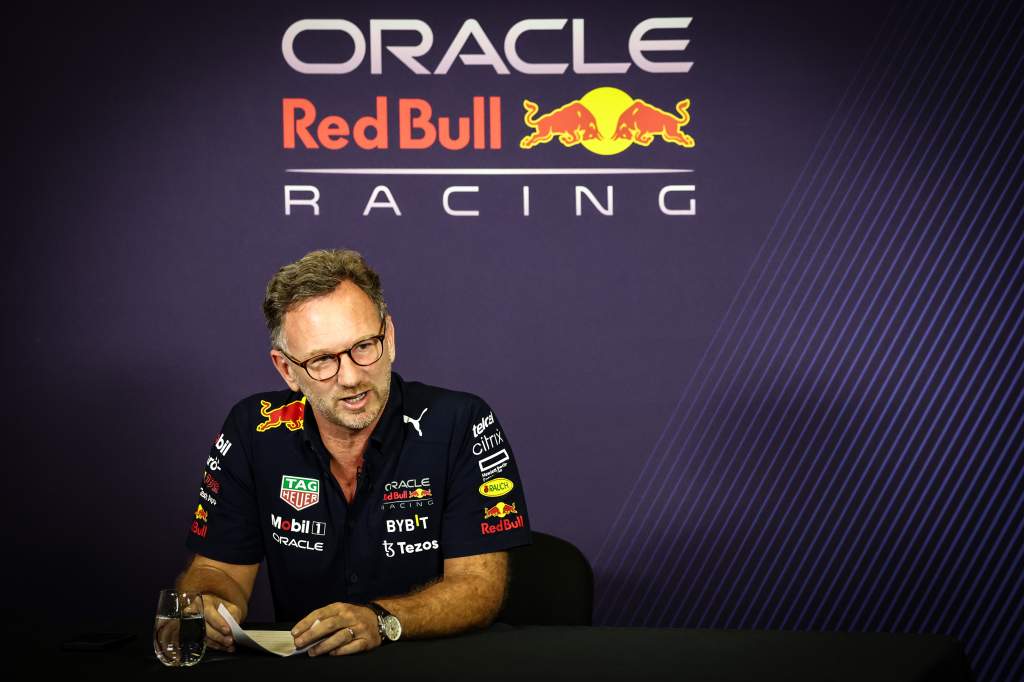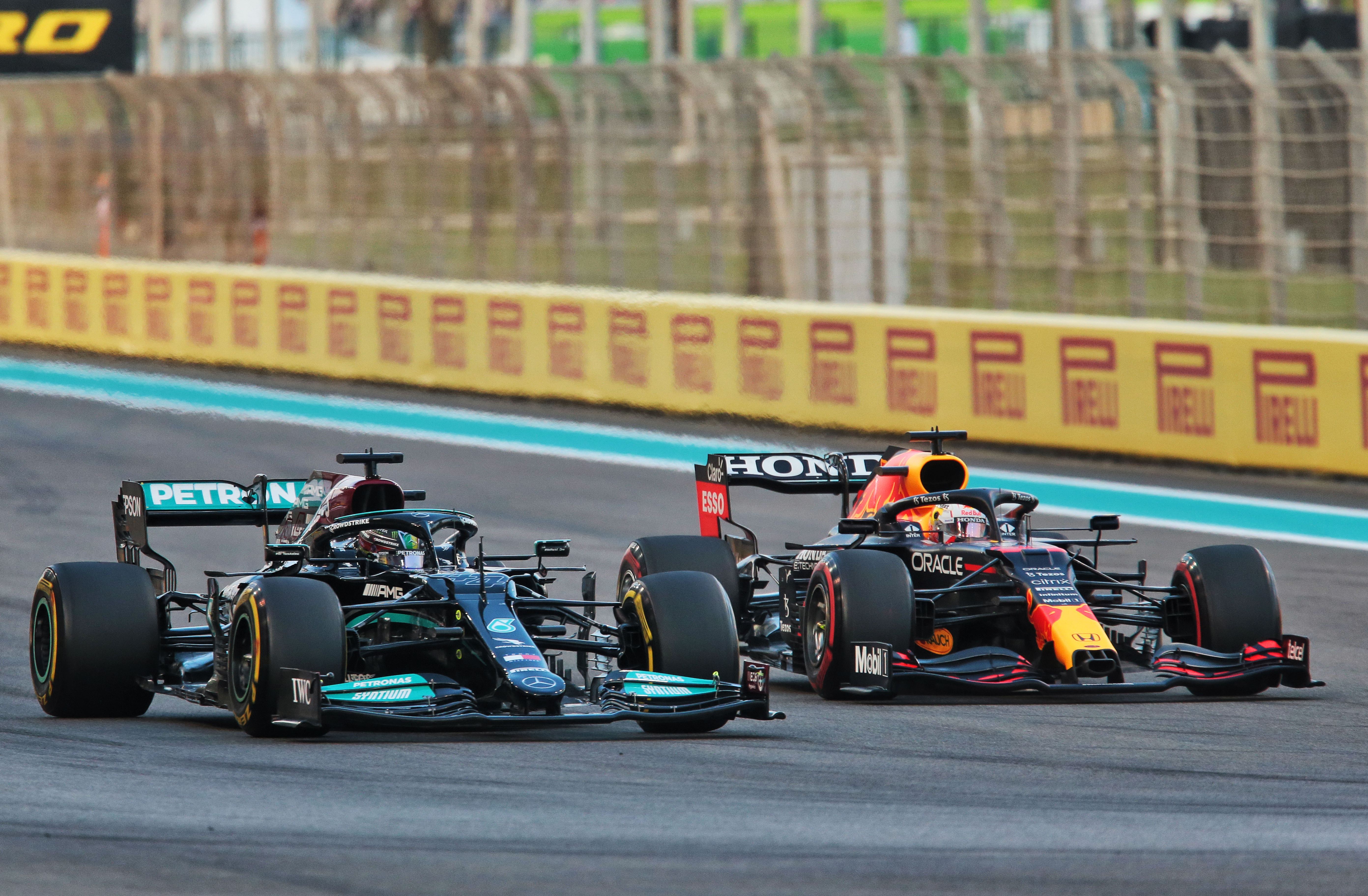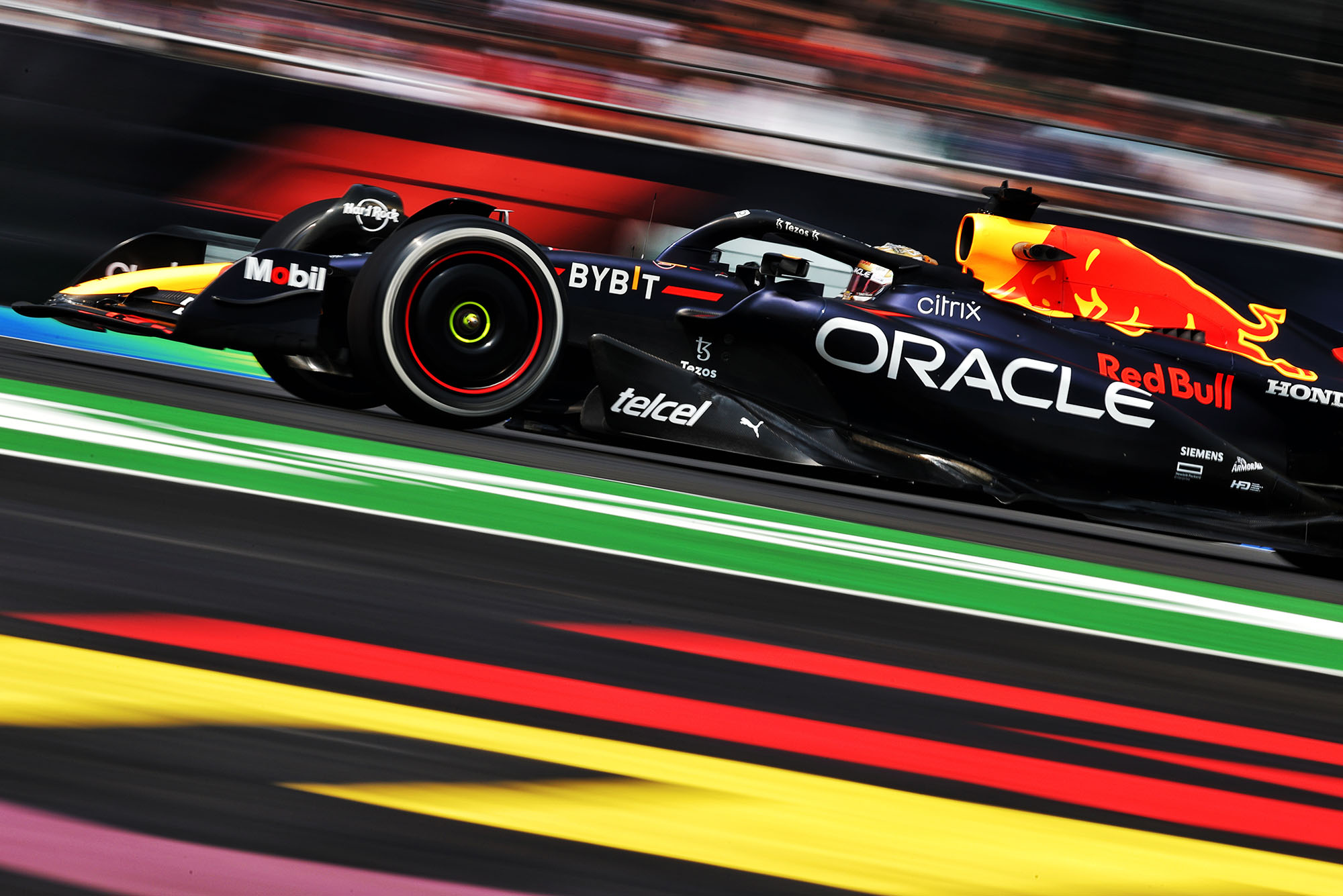Red Bull thinks breach punishment could make it 0.5s slower
Red Bull Formula 1 team boss Christian Horner has provided an estimate of the laptime his team will lose as a result of the sporting penalty it’s agreed to for its overspend in 2021

Red Bull Formula 1 team boss Christian Horner has provided an estimate of the laptime his team will lose as a result of the sporting penalty it’s agreed to for its overspend in 2021.
Red Bull was officially declared to be in minor breach of the newly-introduced cost cap for last season – in which it won the drivers’ title with Max Verstappen – earlier this month, before entering into a so-called ‘Accepted Breach Agreement’ with F1’s governing body the FIA in the lead-up to this weekend’s Mexican Grand Prix.
As part of the agreement, it has committed to pay a fine of $7million and accepted a 10% reduction within the already existing aerodynamic testing restrictions system.
Addressing the media in Mexico after the news of the ABA, Horner corroborated reporting that he had been informed by the FIA that it was declaring Red Bull to be in breach just over an hour after Verstappen’s second coronation, at Suzuka.
He indicated the team had swiftly accepted the FIA’s proposal to work out an ABA – with the alternative option having been to take the case before the cost cap adjudication panel – and that it has been a back-and-forth process since.
It has been suggested by rival teams that Red Bull’s overspend would’ve equated to a laptime gain in the range from a tenth to a quarter of a second for 2021, and that at least a 20% ATR reduction would be required to offset this.

Red Bull, however, clearly has a different view of the situation.
“We’ve been provided a significant penalty, both financially and sportingly, from the seven million dollars – which is an enormous amount of money, that is payable within a 30-day period – and obviously the more draconian part is the sporting penalty, which is a 10% reduction in our ability to utilise our windtunnel and aerodynamic tools,” Horner said.
“And that, I’ve heard people reporting today [that it] is an insignificant amount – let me tell you now, that is an enormous amount.
“That represents anywhere between quarter and half a second worth of laptime.”
He explained that the impact would be particularly strong because F1 is only one year into its new aerodynamic regulations, so the potential gains from testing and development are bigger at present.
“We cannot do as many windtunnel runs, we cannot run as many simulations,” Horner added.
“That will have a material effect on our performance.
“It is difficult to put a laptime figure but one assumes that while these regulations are still pretty mature and development is still steep.”
The ATR limit kicks in right away – which, as per Horner, means it will “have a direct effect on next year’s car” – and will be in place for the next 12 months.

And it goes on top of the restrictions Red Bull already faces as 2022’s top-performing team.
“By winning the constructors’ championship, obviously we’ve become victims of our own success by in addition to that 10% having 5% incremental disadvantage, handicap, compared to the second and third place.
“So, just for clarity, we will have 15% less windtunnel time than the second-placed team in the constructors’ championship, and 20% [actually 21%] less than the third place.
“Again, a draconian amount. So that 10%, put into reality, as I say, will have an impact on our ability to perform on track next year.”



